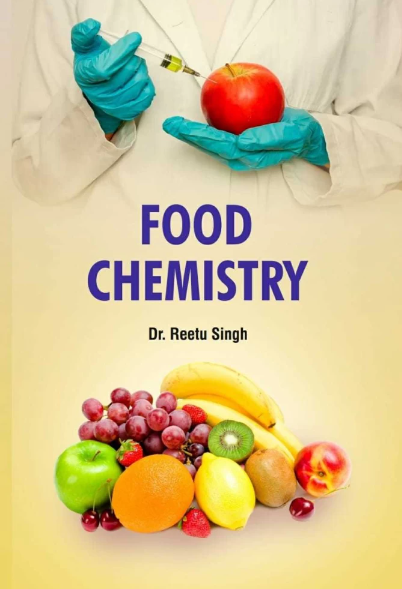Characterization and differentiation of beech and chestnut honeydew honeys: A comparative study
IF 8.5
1区 农林科学
Q1 CHEMISTRY, APPLIED
引用次数: 0
Abstract
This study compares beech (Fagus sylvatica) and chestnut (Castanea sativa) honeydew honeys through analyses of physicochemical properties, pollen composition, phenolic and volatile compounds, and bioactivity. Beech honey exhibited higher antioxidant activity (up to 1.81 mmol TE/kg) compared to chestnut honey (0.79 mmol TE/kg), though both had similar total phenolic and flavonoid content. A total of 37 phenolic compounds, including propolis-derived flavonoids, were detected, with taxifolin and phenylamides as potential markers of botanical origin. Volatile profiles distinguished the types, with beech honey rich in 2-furanmethanol and nonanal, while chestnut honey had unique benzaldehyde and furfural notes. Both honeys demonstrated strong antimicrobial activity, with inhibition zones up to 20 mm and effective MICs (0.025–0.2 g/mL). Although not currently classified by botanical origin in EU regulations, the study highlights distinctive polyphenol and volatile profiles, as well as bioactive properties, between beech and chestnut honeydew honeys.求助全文
约1分钟内获得全文
求助全文
来源期刊

Food Chemistry
工程技术-食品科技
CiteScore
16.30
自引率
10.20%
发文量
3130
审稿时长
122 days
期刊介绍:
Food Chemistry publishes original research papers dealing with the advancement of the chemistry and biochemistry of foods or the analytical methods/ approach used. All papers should focus on the novelty of the research carried out.
 求助内容:
求助内容: 应助结果提醒方式:
应助结果提醒方式:


